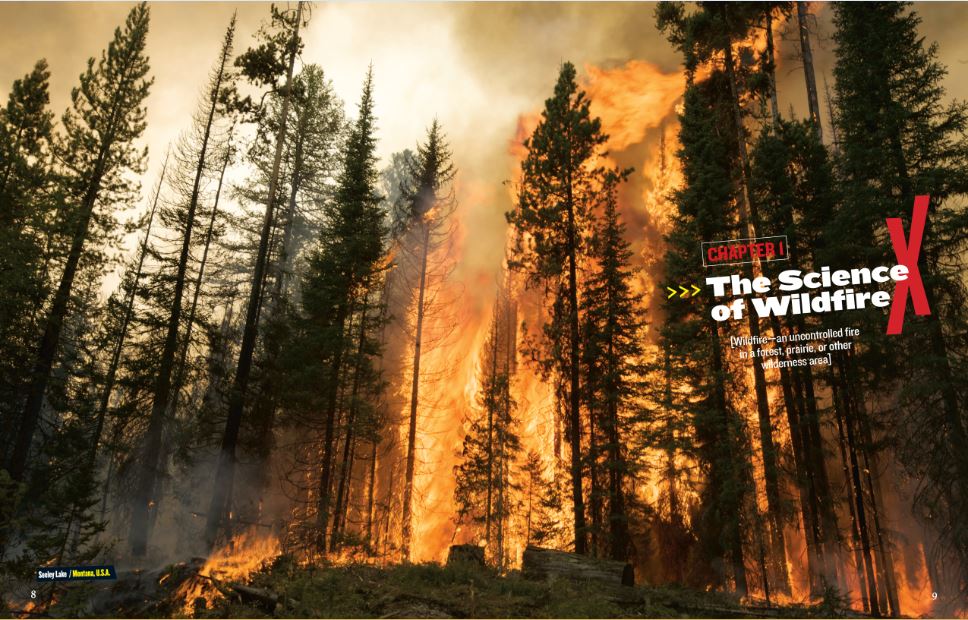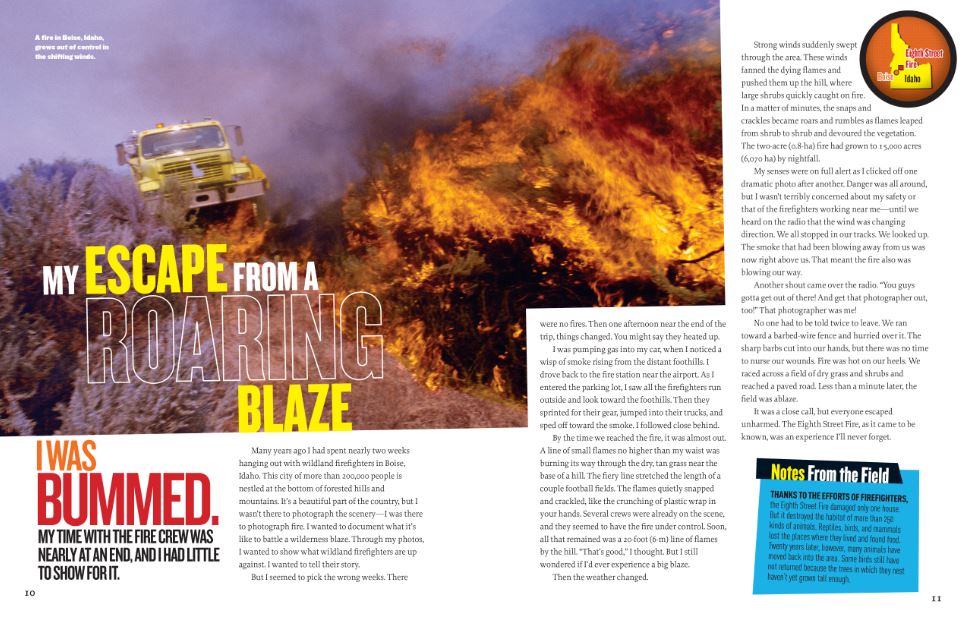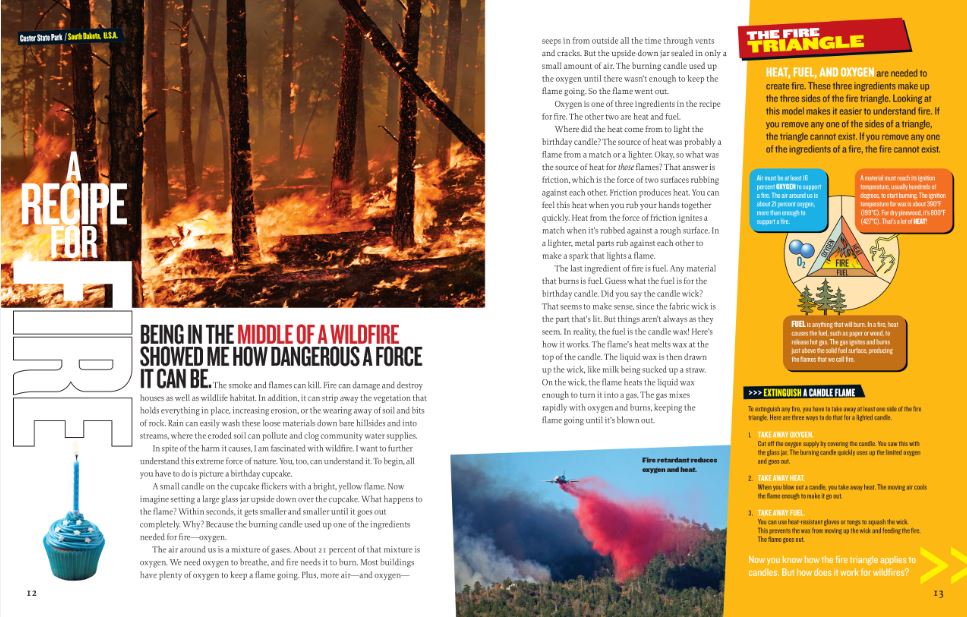“Alaska Smokejumpers”
Imagine jumping out of a perfectly good airplane, deploying your parachute and landing at a very remote campsite. Except before you get a chance to enjoy camping, you have to fight a forest fire. That’s the job of smokejumpers and it’s unlike any other job in the world.
This summer I spent 4 weeks photographing smokejumpers for National Geographic Magazine working out of Fairbanks, Alaska. It’s a vast and remote landscape where the only way you can get to fires is by air. Most of these fires are caused by lightning. Thunderstorms roll through the landscape and pepper the forest with lightning bolts. The top of a tree may explode sending burning branches to the ground. They might sit there and smolder for a few days until the weather becomes hot, dry and windy. Then thin streams of white smoke rise up to the sky. These few smoldering branches are now burning and setting the neighboring trees and bushes on fire.
In Alaska it’s often a commercial or patrol aircraft will spot these new fires and radio the dispatch office. If these fires are in remote places far from any road, they call in the smokejumpers. Planes and parachutes are the fastest way to get firefighters to the scene.
Once a plane of smokejumpers is circling the area, they are looking out the windows trying to figure out where they will land and how they will approach each fire. After a “lightning bust” there will be many fires taking off at the same time. Right now they are small. That’s the idea, jump on them when they are small before they grow and require a lot more resources to put out.
Out they go….their parachutes burst open to slow their decent. One by one they drop into a meadow or clearing and hopefully not into any trees. Loads of cargo are parachuted to the same drop point. In these boxes are chain saws, axes, shovels, and extra food. The smokejumpers tents, sleeping bags, and extra clothes are all held in pockets of their jump suit or in their personal gear bag hanging on their waist.
On the ground they quickly get out of their jumpsuits, grab their tools and attack the fire. Starting at the heel where it is the coolest, they work their way towards the head. In Alaska during the summer the permafrost has melted and the ground is wet just below the surface. They use a unique tool called a “beater”, which looks like a mud flap attached to a flexible pole. They literally beat the flames down into the wet ground below. It doesn’t take much and works really well. As they work their way along the flank towards the head, they stay near the black area that has already burned, which is the safest place. There is always a chance the fire will blow up on them. Wildland firefighters have a saying, “Keep one foot in the black and you’ll always come back.”
When the fire gets knocked down, it could be in the wee hours of the morning. But in Alaska it never gets dark in the summer because it’s too far north. Exhausted from a hard day’s work, they eat their dinner, pitch their tents and reflect on what an amazing day it’s been.
Extreme Wildfire: Smoke Jumpers, High-Tech Gear, Survival Tactics and the Extraordinary Science of Fire
Author: Mark Thiessen
Published August 30th, 2016
Ripped straight from this summer’s headlines, renowned National Geographic photographer and wildfire expert Mark Thiessen brings young readers right into the flames with Extreme Wildfire: Smoke Jumpers, High-Tech Gear, Survival Tactics and the Extraordinary Science of Fire (ages 8-12). Featuring Thiessen’s adrenaline-filled first-person narrative and breathtaking photographs, readers can almost feel the impending heat and experience what it’s like to work side-by-side with the heroes who keep the world’s forests and their inhabitants safe.
In one moment, there’s a simple spark, and then roaring flames surge 200 feet into the air, devouring forests. Trees, from root to canopy, are burned to the ground. Airtankers and helicopters hover above, executing an air attack. Brave firefighters, equipped with flame resistant suits, leap from helicopters onto the treetops and descend to the blazing forest floor.
In this book, young readers will learn about the ecological impacts of wildfires, the ins and outs of fire science including tactics for prevention and containment, cutting-edge technology used to track wildfires and predict fire behavior, and about the impressive skill, survival tactics, and bravery required to control a wildfire. Also included are “Fire Facts,” Thiessen’s fascinating “Notes from the Field” and page after page of photographs’s from Thiessen’s 20+ years of photographing fires up close.
From a searing expanse of flames in Russia to barreling blazes in California, no wildfire is too extreme for Mark Thiessen. Based in D.C., he has traveled across the globe investigating dangerous infernos and working alongside courageous firefighting teams. Mark is available for interview and can talk about his why his idea of a vacation is placing himself in the middle of blazing fires, fire prevention techniques and tips and the effects of fires on the environment and wildlife. Here is a terrific video featuring Mark and his adventures: http://video.nationalgeographic.com/video/wildfire-photographer
Thank you to Mark for this truly important post!
And thank you to Karen from Media Masters Publicity for helping set up the post!






